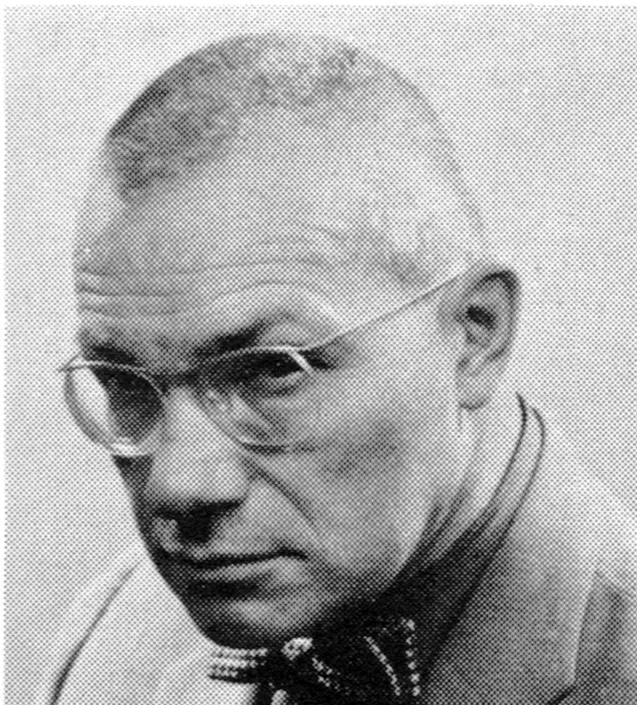
Information
“The definitive illustrated monograph on 20th-century Swiss artist, designer, and architect Max Bill, whose work spanned from graphic design and advertising typography to product and furniture design and from painting to sculpture.”
Details
Linked Information
